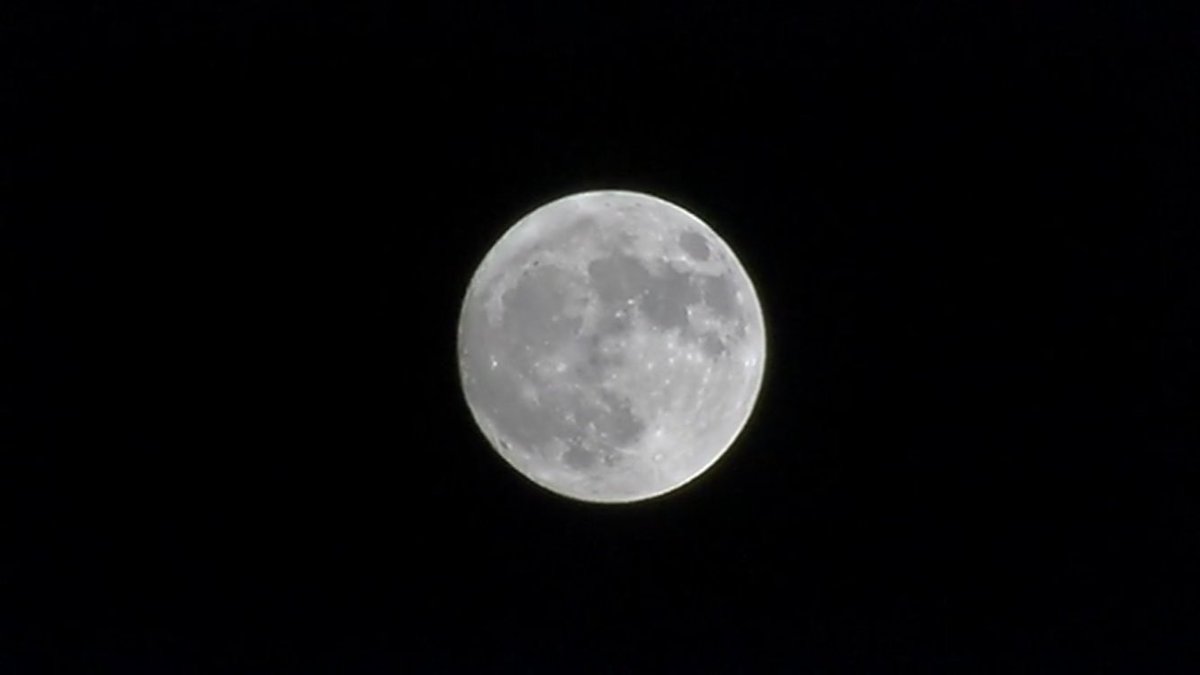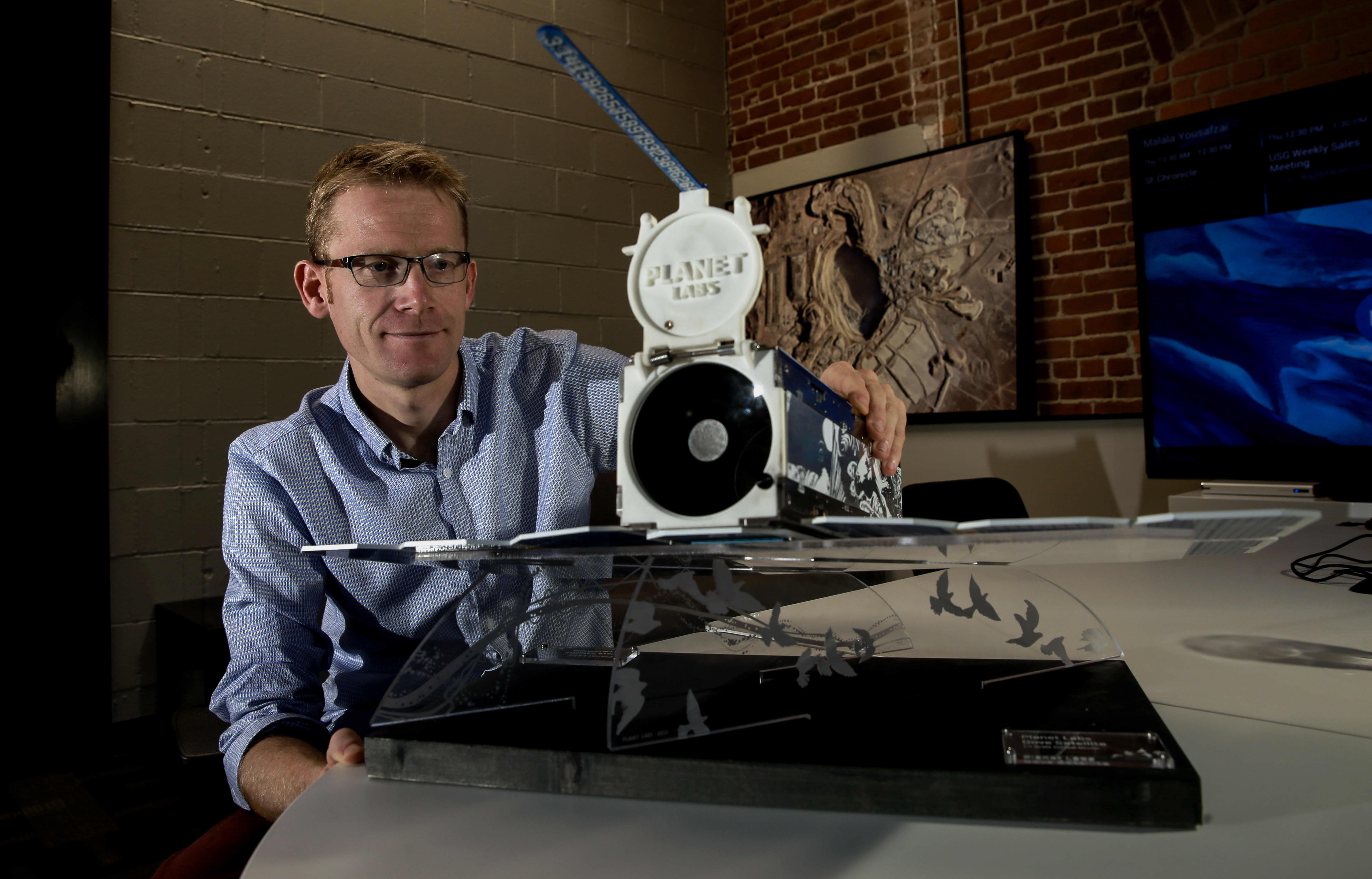The world this week was introduced to a batch of images from NASA's powerful space telescope showing scenes of stars and galaxies thousands of light years away.
Scientists in the Bay Area are feeling proud of the accomplishment because the camera onboard the $10 billion James Webb Space Telescope was developed at Lockheed Martin in Palo Alto.
"It allows us to see deeper into space," scientist Nelson Padrayo said. "We're starting to see things and structures that we don't fully understand - and that's really where the science starts."
Get a weekly recap of the latest San Francisco Bay Area housing news. Sign up for NBC Bay Area’s Housing Deconstructed newsletter.
The first image from the space telescope was released Monday at the White House — a jumble of distant galaxies that went deeper into the cosmos than humanity has ever seen.
The four additional photos released Tuesday included more cosmic beauty shots.
With one exception, the latest images showed parts of the universe seen by other telescopes. But Webb’s sheer power, distant location off Earth and use of the infrared light spectrum showed them in new light.
“Every image is a new discovery and each will give humanity a view of the humanity that we’ve never seen before,’’ NASA Administrator Bill Nelson said Tuesday, rhapsodizing over images showing “the formation of stars, devouring black holes.”
The European and Canadian space agencies joined NASA in building the powerful telescope.
The world’s biggest and most powerful space telescope rocketed away last December from French Guiana in South America. It reached its lookout point 1 million miles (1.6 million kilometers) from Earth in January. Then the lengthy process began to align the mirrors, get the infrared detectors cold enough to operate and calibrate the science instruments, all protected by a sunshade the size of a tennis court that keeps the telescope cool.
The plan is to use the telescope to peer back so far that scientists will get a glimpse of the early days of the universe about 13.7 billion years ago and zoom in on closer cosmic objects, even our own solar system, with sharper focus.



